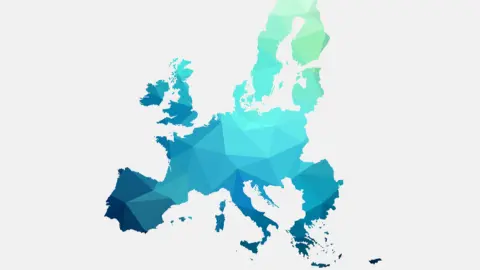Asia week ahead: Stimulus hasn’t helped the Indian economy…yet
Next week will provide more insight into Asia’s growth for this quarter, while the US-China trade tensions continue in the background
No respite from trade uncertainty
China’s industrial profits and manufacturing and non-manufacturing purchasing manager indexes (PMI) should reflect the economy reeling under the trade tensions with the US. Just about a month ago, things on the trade front were moving in the desired direction with both sides nearing a phase one deal soon, so to speak in mid-November. The latest news hasn’t been very good. First, the postponement of the deal signing to December, and now probably to 2020.
The sentiment-driven PMIs may not capture the latest trade developments. Nor do we anticipate a dramatic improvement from a seasonal bounce in November that typically follows the holiday-related slump in October, leaving the manufacturing PMI a touch under the 50 threshold. And, the nearly two-decade low industrial production growth in October clearly bodes ill for the profits growth, which has been in the negative territory recently. All this keeps alive the risk of further slippage in China's overall economic growth in the last quarter of 2019.
Where is India’s growth headed?
India’s increasingly weak activity data has put a solid consensus behind a view that GDP growth slowed further in the July-September quarter after hitting a six-year low of 5% year-on-year in the previous quarter. The consensus median forecast is 4.7%. Bucking the consensus, our 5.3% forecast assumes some, if not all, of the stimulus, has trickled down, while year-on-year growth also gets a lift from the low base effect.
The Reserve Bank of India (RBI) has been easing its policy since the start of the year and has cut rates by a total of 135 basis point so far - the most among Asian and probably global central banks. Taking into account the policy lag, even if half of this is passed on by banks to their borrowers, it should help the recovery of investment demand. On the fiscal side, 18% YoY growth government revenue and 15% growth in capital spending in the first six months of the fiscal year are hopeful signs.
Despite our optimistic growth view, we don’t think the RBI will let its guard down just yet, which is highly unlikely in the event growth does tumble in line with consensus. We expect one last 25bp rate cut in December.
What’s more on the calendar?
And there are lots of month-end activity releases from around the region, mostly concentrated on the manufacturing activity and typically good guides to GDP growth.
With the ongoing trade spat in the background, hopes of any near-term growth recovery is in vain. This means forward-looking confidence indicators will gain more attention than backward hard data points. Korea’s consumer and business confidence indicators stand out as good guides to the Bank of Korea policymakers as they decide on the rates policy next week. We expect the BoK to leave the policy on hold.
Asia Economic Calendar

This publication has been prepared by ING solely for information purposes irrespective of a particular user's means, financial situation or investment objectives. The information does not constitute investment recommendation, and nor is it investment, legal or tax advice or an offer or solicitation to purchase or sell any financial instrument. Read more
Download
Download article
22 November 2019
Our view on next week’s key events This bundle contains 3 Articles